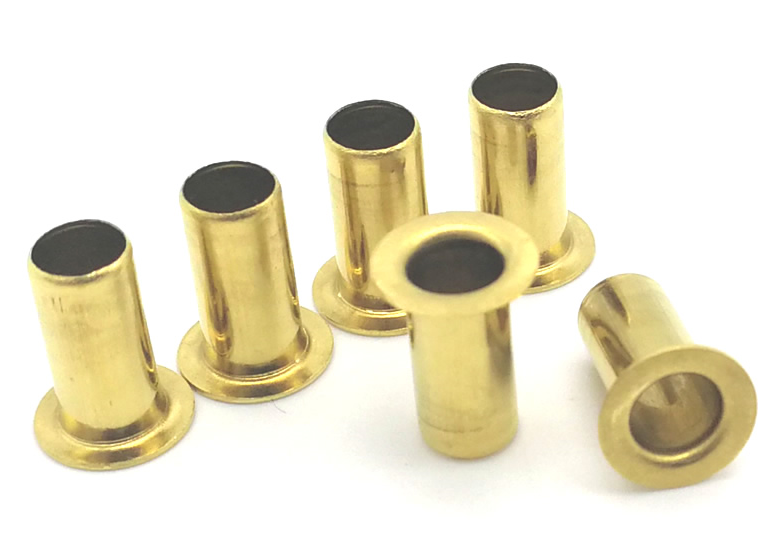To Know More About Eyelets
2025-07-31
In this guide, we explore eyelets, from their historical origins to modern applications. Learn about the applications and benefits of eyelets.
From traditional uses in clothing to innovative applications in manufacturing, each type of eyelet has a unique purpose that is both aesthetically pleasing and durable. Eyelets may be small, but they are key components in a variety of industries and processes, providing practical solutions for reinforcement, decoration, and functionality. Understanding the different types, materials, and uses of eyelets can help you choose the right eyelet for any project. Whether you are a designer, craftsman, or industry professional, knowing the best types of eyelets on the market can significantly improve your project efficiency.
Definition of Eyelets
Eyelets are small, round pieces of material made of metal that are used to create holes in materials. These mechanical devices have other functions besides grommets, although they are smaller in size and are used in applications with less load capacity.
They are commonly used on textiles, metal sheets, and various fiber materials. Without them, thin fabrics can easily tear. These round pieces of material can reduce wear and other damage.
Key Functions of Eyelets
Aesthetics: Eyelets provide a sophisticated, professional look. They can be decorative, adding a touch of beauty to an item, or they can be practical, providing a smooth transition for necessary gaps in a design.
Durability: Eyelets improve the gap between materials, preventing them from tearing and stretching. This is especially important for high-stress areas such as shoelaces or bag straps.
Protection: This prolongs the life of the item and ensures its practicality and aesthetics.
Ease of use: Eyelets are easy to use, creating a reinforced cavity to pass through cords and strands. This simplifies the process of tightening or adjusting, and improves user comfort.
Eyelet specifications
Let's take a look at eyelet specifications, which are specifically constructed as follows:
Eyelet specifications consist of a barrel with a flange at the end.
The barrel is inserted into a hole in the fabric and then expanded or rolled to expand the hole. You can use a setting machine to set these eyelets.
You need to punch a hole in the fabric and then insert an eyelet with the barrel facing up and the flange facing up.
Washing machines can be used to deliver electricity, which passes through the barrel.
This system is also used on the end of the barrel until it is unrolled or rolled over the material.
It creates a long-lasting, durable fastener that ensures efficient function.
Conclusion
Eyelets are flexible components that have a wide range of applications in fashion, industry, and craft. Choosing the right eyelet is essential to ensure the durability and functionality of the finished product. Factors such as fabric, size, and intended use need to be carefully considered. Whether you are a designer, engineer, or DIY enthusiast, there is always more to learn about this small but important thing. To learn more about eyelets and their packaging, find more resources or consult with the experts at Nuote Metals.




